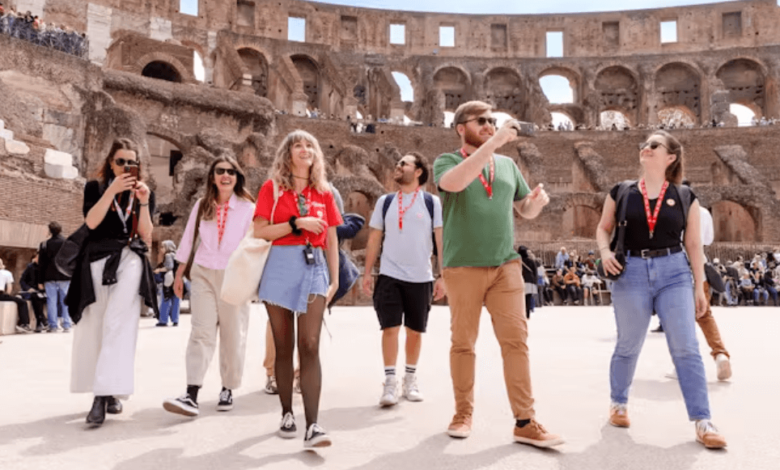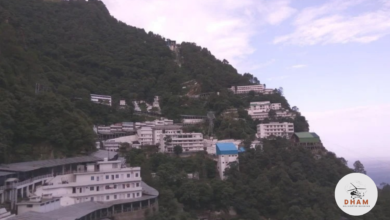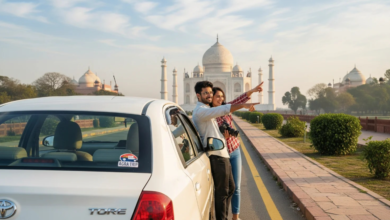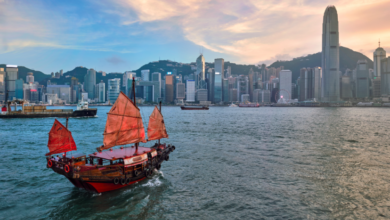Exploring City Heritage Through Guided Experiences

Introduction
Urban life is often defined by fast-paced routines, commercial districts, and evolving skylines. Yet within this modern rhythm, opportunities exist for individuals to pause and experience history, culture, and community. In Hong Kong, guided activities create such opportunities, blending tourism with cultural learning. When people take part in a public tour hong kong organizes, they gain more than sightseeing—they encounter the stories, traditions, and retail environments that shape the city’s identity. This combination of culture and commerce plays an important role in how the city continues to attract both residents and international visitors.
Connecting Tourism With Local Retail
Tourism and retail are deeply interlinked in Hong Kong. The city has long been recognized as a global shopping destination, but what makes its shopping experience unique is the cultural backdrop. Retail spaces often emerge around historical districts, temples, or preserved buildings. Visitors participating in guided experiences frequently end their journeys in bustling retail streets, where shopping becomes part of the cultural exploration. This natural flow between sightseeing and shopping strengthens the relationship between heritage and commerce.
See also: Dim Sum Days & Extra Stays: How to Extend Your Hong Kong Adventure as an Indian Traveler
The Role Of Tours In Cultural Awareness
A guided activity is not just a walk through landmarks; it is a storytelling medium. Local guides share knowledge about traditions, architecture, and history, helping participants appreciate the deeper meaning behind what they see. When attending a public tour hong kong offers, individuals often discover connections to artisanal crafts, traditional markets, and local dining that they might otherwise overlook. These experiences highlight how heritage informs everyday life and how retail often acts as a living continuation of cultural practices.
Shaping Consumer Behavior Through Experiences
Consumer decisions are increasingly influenced by experiences rather than products alone. A visitor who has walked through heritage sites during a guided activity tends to seek authentic purchases afterward. Retailers positioned near cultural routes benefit because visitors are already engaged with the local atmosphere. Whether it is buying handcrafted goods, traditional clothing, or modern brands adapted to cultural settings, shopping becomes a meaningful extension of the overall experience.
Blending Education And Commerce
An important aspect of these guided experiences is their ability to educate while promoting commerce. Visitors not only learn about the city’s history but also understand how cultural values are preserved through products and businesses. For example, a tour that includes visits to historic markets highlights the significance of traditional trades. This educational approach makes retail purchases more valuable because they carry both cultural and emotional meaning.
Contribution To The Local Economy
Tourism-driven activities significantly contribute to Hong Kong’s economy. When visitors join a public tour hong kong organizes, they often spend additional time in surrounding districts, boosting revenue for retailers, restaurants, and service providers. The economic impact extends beyond immediate transactions; it supports artisans, small businesses, and heritage conservation projects. This cycle strengthens both the retail industry and the cultural fabric of the city.
Preserving Authenticity In A Commercial Environment
While the integration of tours and retail offers many opportunities, challenges also exist. Over-commercialization can dilute the authenticity of cultural experiences. If retail dominates too heavily, the original purpose of guided activities may be overshadowed. Striking the right balance between cultural public tour hong kong preservation and commercial growth is necessary to ensure that experiences remain genuine. Maintaining this balance requires collaboration between tourism boards, local communities, and businesses.
Opportunities For Retail Innovation
Heritage-based tourism opens doors for retailers to innovate. Shops near cultural routes can integrate workshops, live demonstrations, or exhibitions that align with the themes of guided experiences. A store selling traditional crafts might offer visitors a chance to see artisans at work, creating an engaging link between the product and the culture behind it. This innovation not only attracts customers but also enhances the overall value of retail in heritage-rich areas.
Future Directions For Tourism And Retail Collaboration
Looking ahead, the partnership between tourism and retail in Hong Kong will likely deepen. As travelers seek more meaningful and sustainable experiences, guided activities will play a stronger role in shaping consumer expectations. Policies encouraging cultural preservation alongside retail development will be essential. With careful planning, the city can ensure that its cultural and commercial landscapes grow together, creating long-lasting benefits for both residents and visitors.
Conclusion
Heritage and commerce are intertwined forces that shape Hong Kong’s identity. A public tour hong kong promotes is more than an itinerary of landmarks—it is an entry point into the city’s history, traditions, and markets. For the retail industry, these experiences offer opportunities to connect with consumers on a deeper level, linking products with cultural storytelling. By protecting authenticity while embracing innovation, Hong Kong demonstrates how cities can thrive when culture and commerce walk hand in hand.




